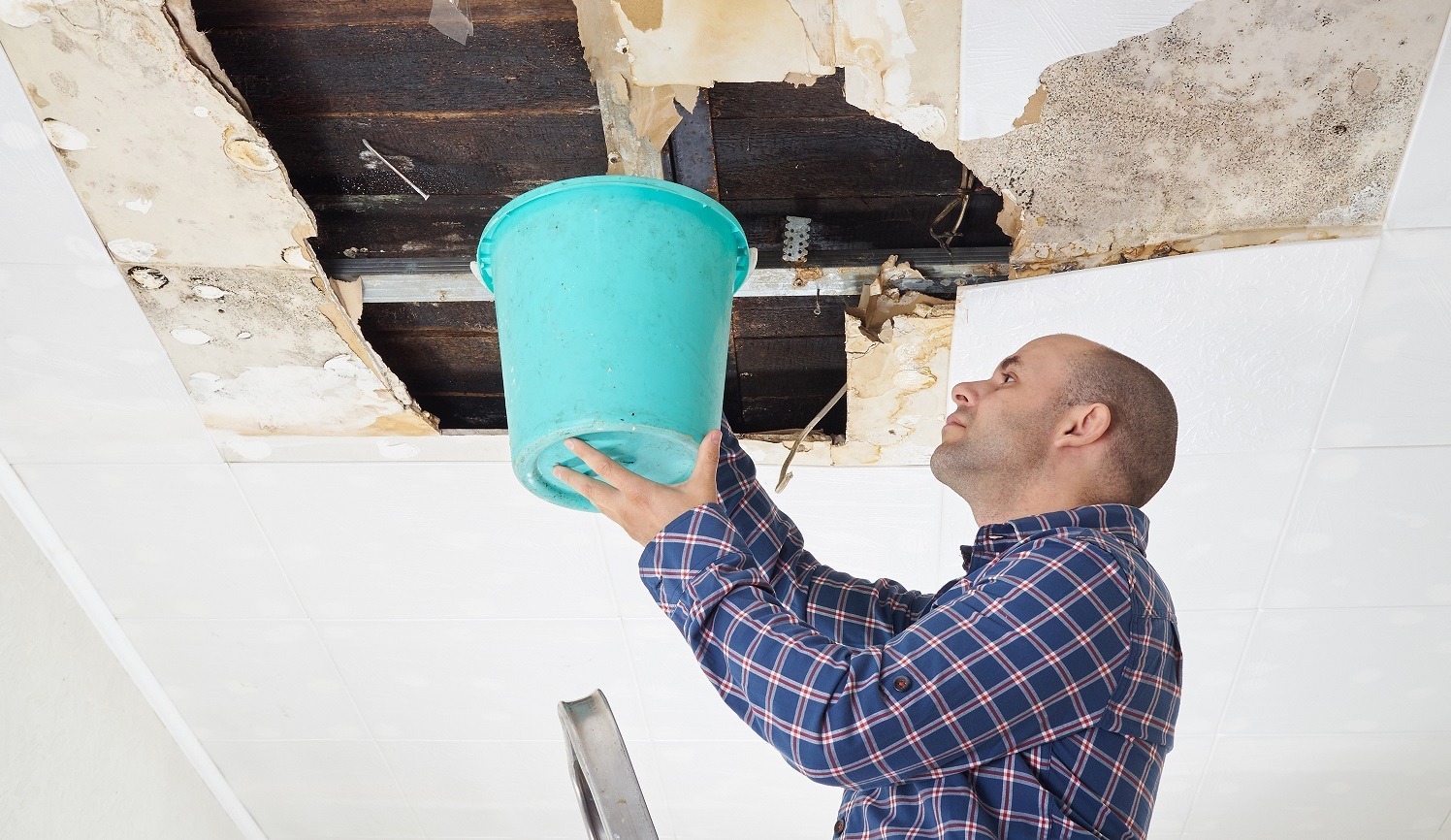Do's & Don'ts of Water Restoration.
Do's & Don'ts of Water Restoration.
Blog Article
Here below you can discover more dependable details about Keeping Your Home Safe This Holiday Season.

Water offers life, but water invasion on some parts where it's not meant to be can cause damages as well as aggravation. If the water leaks into your structure, it can peel away the surface area and wear down the product's structure. Mold and mildew and also mold likewise flourish in a moist atmosphere, which can be harmful for your and your family's health. In addition, homes with water damages odor mildewy and old.
Water can originate from lots of sources like hurricanes, floods, ruptured pipes, leaks, as well as sewer concerns. It's much better to have a working expertise of safety and security preventative measures if you have water damage. Right here are a few standards on exactly how to manage water damage.
Do Prioritize Home Insurance Policy Protection
Seasonal water damages can originate from floods, seasonal rainfalls, as well as wind. There is additionally an incident of a sudden flood, whether it originated from a defective pipeline that all of a sudden breaks right into your house. To shield your house, obtain home insurance coverage that covers both disasters such as natural tragedies, as well as emergency situations like busted plumbing.
Don't Fail To Remember to Switch Off Utilities
When catastrophe strikes and also you're in a flood-prone area, switch off the major electrical circuit. Shutting off the power stops
electric shocks when water comes in as water works as a conductor. Don't fail to remember to switch off the major water line valve as a method to avoid more damages.
Keep your furniture stable as they can move around and trigger extra damages if the floodwaters are obtaining high.
Do Keep Proactive and also Heed Weather Notifies
If you live in a location afflicted by floodings, stay prepared and aggressive at all times. Listen to the news and discharge warnings if you live near a body of water like a lake, creek, or river .
Do Not Ignore the Roofing System
Your roofer should take care of the damaged gutters or any type of various other signs of damage or weakening. An assessment will certainly prevent water from streaming down your wall surfaces and also soaking your ceiling.
Do Focus On Tiny Leakages
A burst pipe doesn't occur in a vacuum cleaner or over night. There are warnings that can attract your focus and also show to you some damaged pipes in your home. Indications of red flags in your pipes include gurgling paint, peeling off wallpaper, water touches, water spots, or leaking sounds behind the walls. There are signs that the pipe will burst. If you see these indications, don't wait on an acceleration. Repair work as well as check your plumbing fixed before it leads to enormous damages to your home, financial resources, as well as a personal nightmare.
Don't Panic in Case of a Ruptured Pipe
Timing is essential when it comes to water damages. If a pipeline ruptureds in your home, instantly closed off your major water valve to cut off the source as well as protect against more damage. Call a trustworthy water damage remediation professional for assistance.
Water provides life, however water invasion on some components where it's not meant to be can result in damages and hassle. In addition, houses with water damages scent moldy as well as old.
Seasonal water damage can come from floods, seasonal rains, and wind. Signs of red flags in your pipes consist of gurgling paint, peeling off wallpaper, water touches, water spots, or leaking noises behind the wall surfaces. If a pipeline bursts in your residence, immediately shut off your main water valve to cut off the resource and also protect against even more damages.
Some Do's & Don't When Dealing with a Water Damage
DO:
Make sure the water source has been eliminated. Contact a plumber if needed. Turn off circuit breakers supplying electricity to wet areas and unplug any electronics that are on wet carpet or surfaces Remove small furniture items Remove as much excess water as possible by mopping or blotting; Use WHITE towels to blot wet carpeting Wipe water from wooden furniture after removing anything on it Remove and prop up wet upholstery cushions for even drying (check for any bleeding) Pin up curtains or furniture skirts if needed Place aluminum foil, saucers or wood blocks between furniture legs and wet carpet Turn on air conditioning for maximum drying in winter and open windows in the summer Open any drawers and cabinets affected for complete drying but do not force them open Remove any valuable art objects or paintings to a safe, dry place Open any suitcases or luggage that may have been affected to dry, preferably in sunlight Hang any fur or leather goods to dry at room temperature Punch small holes in sagging ceilings to relieve trapped water (don't forget to place pans beneath!); however, if the ceiling is sagging extremely low, stay out of the room and we'll take care of it DO NOT:
Leave wet fabrics in place; dry them as soon as possible Leave books, magazines or any other colored items on wet carpets or floor Use your household vacuum to remove water Use TV's or other electronics/appliances while standing on wet carpets or floors; especially not on wet concrete floors Turn on ceiling fixtures if the ceiling is wet Turn your heat up, unless instructed otherwise

I was guided to that article on Preventing Fires and Water Damage In Your Home through an acquaintance on our other blog. Sharing is caring. Helping people is fun. Many thanks for going through it.
Report this page